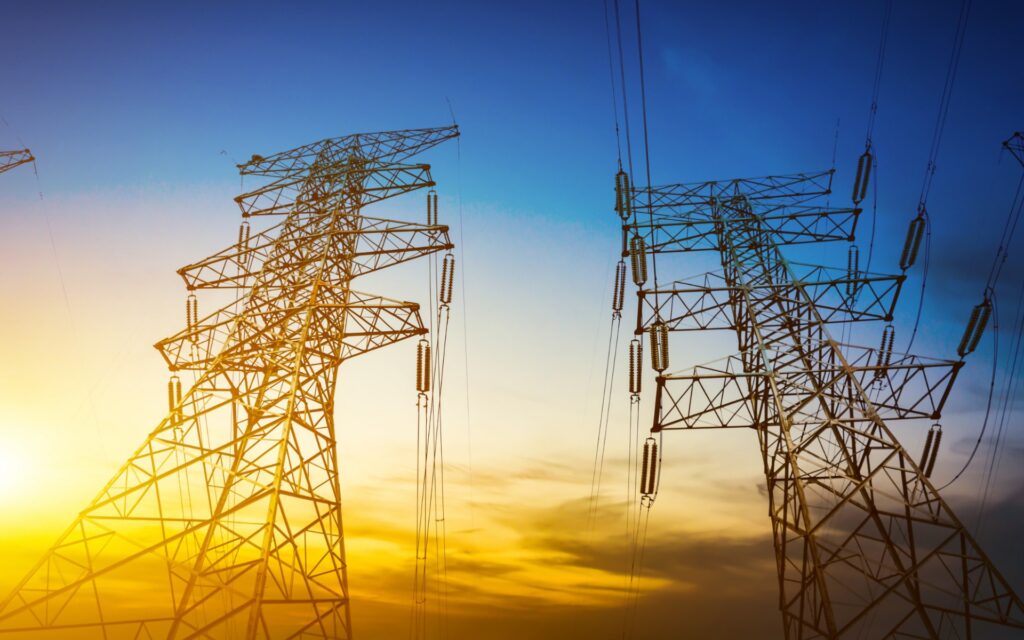The Auas-Gerus power line marks a significant step forward for Namibia’s power network.
In an important development for its national energy sector, Namibia has inaugurated the 400kV Auas-Gerus transmission line, a pivotal project aimed at enhancing the stability and capacity of the country’s power supply system, according to reports by African Mining Market.
This new transmission line marks a critical step forward in Namibia’s commitment to improving its energy infrastructure and ensuring a reliable power supply to meet growing industrial and residential demands.
Strategic expansion of power networks
The 289-kilometer Auas-Gerus transmission line is designed to facilitate the efficient transportation of electricity across vast distances, connecting the central region near Windhoek to the northern parts of the country. This strategic infrastructure not only aims to stabilize the grid but also supports the future integration of renewable energy sources into the national grid.
Namibia Power Corporation (NamPower), the state-run power utility, has led the project, highlighting its role in the national strategy to enhance electrical transmission capabilities. The project was financed with an investment of N$873 million. Development of the line is expected to significantly alleviate the transmission bottlenecks that have hampered efficient energy distribution and address the voltage instability in the northern regions of Namibia.
“This backbone infrastructure will facilitate increased regional trade=, allowing us to export surplus energy to neighboring countries. Furthermore, it will enhance the security of our energy supply, meeting the rising demands of industries and ensuring stability and relatability for investors,” said Tom Alweendo, Namibia’s Minister of Mines and Energy.
Funded by the World Bank, the project is part of an initiative to expand NamPower‘s transmission network by 800km. The utility is also installing the 96km Obib-Oranjemund line to connect its grid with South African state utility Eskom’s, as part of the grid expansion program.
“Construction of [the Obib-Oranjemund] line has already commenced, and the expected commissioning date of the line is set for the second half of 2025,” said NamPower’s Managing Director, Kahenge Haulofu.
A third power transmission project, dubbed Aus-Kokerboom, is planned, with construction slated for 2025 and commissioning scheduled for 2028.
Economic and social implications
The Auas-Gerus line is a cornerstone for potential economic growth and social development. By improving the reliability and quality of power supply, the line will help facilitate new investments in industries and manufacturing, sectors that are energy-intensive and require consistent and dependable power. Furthermore, enhanced power reliability is likely to attract foreign direct investment, as stable infrastructure is a critical determinant for investment decisions.
This transmission line also promises substantial social benefits, including the creation of job opportunities during and after its construction. Improved energy access in rural and underserved areas will further drive economic activities, enhancing the quality of life for many Namibians.
“The expansion of the Auas-Gerus transmission line brings technological advancements that benefit all citizens. Increased access to data services, facilitated by NamPower’s fiber-optic network, will empower our ICT sector and foster regional connectivity, driving innovation and economic growth,” said Alweendo.
Commitment to sustainable energy
NamPower’s investment in the Auas-Gerus transmission line aligns with Namibia’s broader goals of sustainable development and environmental stewardship. The project paves the way for greater use of renewable energy sources, in line with the country’s vision to increase the share of renewable energy in its mix. Namibia is richly endowed with solar and wind energy potential, and enhancing the transmission network is crucial for harnessing these resources effectively.
The inauguration of the Auas-Gerus line represents a pivotal moment in Namibia’s energy landscape, setting a foundation for a more resilient and sustainable energy future. It exemplifies Namibia’s proactive approach to addressing key infrastructure challenges, a move that is likely to bolster its position as a leader in energy management in Southern Africa.
For more infrastructure news, visit our dedicated archives.
